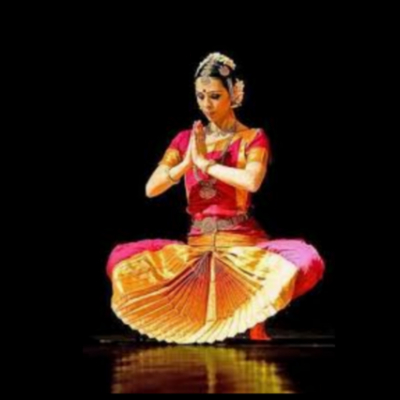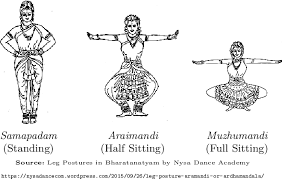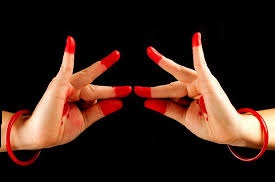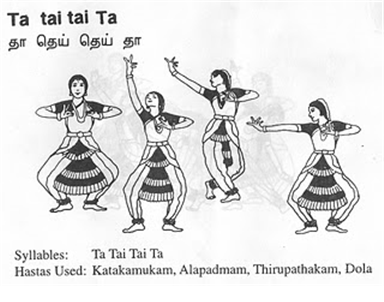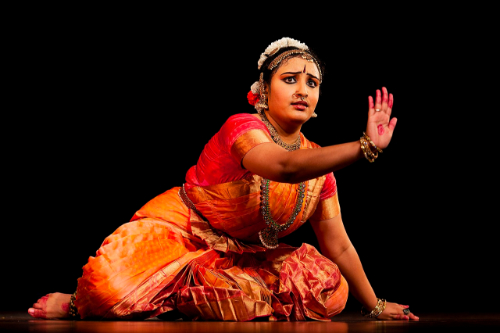
Bharatanatyam takes a lot of time to master. Usually, the courses for Bharatantaym are divided into seven different levels. Each level take up to a year and so the course is seven years long. The number of years might depend on the institute or instructor. Each level has two semesters, and therefore two exams per year. At the beginning of the first year, the instructors or gurus start with teaching the basics and build upon them throughout the course. Some of the basics include Namaskara, Hand Gestures, Basic body postures, and Basic Adavus. Apart from that the expressions, costumes, hair and jewelry also play a huge role in expressing this dance form.
